Roadkill: What happens to animals that die on our roads?
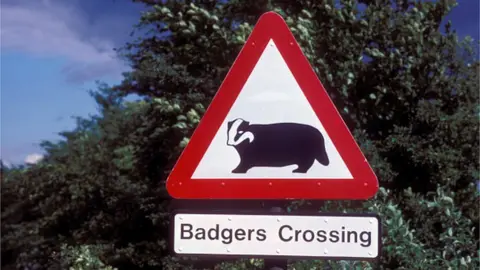 Photofusion/Getty
Photofusion/GettyThe squashed and sorry sight of an animal at the roadside is a common one across Northern Ireland.
Thousands of animals are killed on the roads each year.
But have you ever wondered what happens to a dead animal's remains? And would you know what to do if you hit an animal while driving?
Project Splatter, a UK wide roadkill research project, says badgers account for almost half of all animals that die on the roads in Northern Ireland.
Foxes, rabbits, blackbirds and hedgehogs make up the five most commonly killed animals.
Project Splatter asks so-called citizen scientists to record roadkill sightings.
"Such data can be used to work out 'hotspots' and inform mitigation, as well as to learn more about which animals are most affected by roads, and why," said Amy Schwartz, a researcher for the group.

Percentage of Northern Ireland roadkill by animal (details reported to Project Splatter since 2013)
- Badgers - 49%
- Foxes - 11%
- Rabbits - 7%
- Blackbirds - 5%
- Hedgehogs- 3%

The wildlife charity People's Trust for Endangered Species also carries out an annual UK-wide survey of sightings of mammals killed on the roads.
Surveys officer David Wembridge said surveying roadkill was an important, if macabre, part of conservation work.
"While recording road kill can be a little gruesome, high numbers of road kill can indicate a healthy population of mammals in the surrounding landscape," he said.
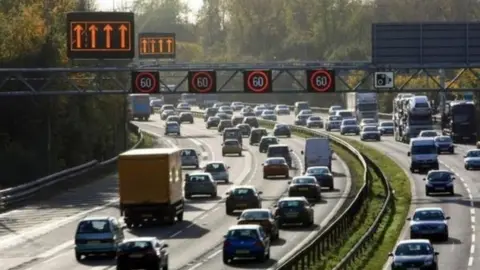 PA
PA"In life, mammals are often difficult to survey, so by recording casualties that are easier to observe, it's possible to get an idea of total numbers and how population changes from year to year."
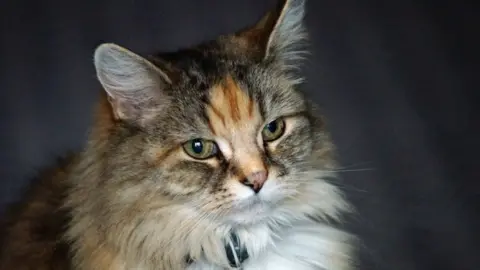
The law in Northern Ireland - the Road Traffic (NI) Order 1981 - says that any accident involving any "horse, cattle, ass, mule, hinny (a female donkey/male horse cross), sheep, pig, goat or dog" must be reported to police.
PSNI Inspector Rosie Leech said drivers should use common sense if involved in a collision with an animal.
"If the animal is alive and the driver is in a position to, and wishes to, take it to a vet, they may do so," she said.
"Otherwise, remain at the scene until police arrive.
"So, for example, a deer is not mentioned as an animal that must be legally reported to police, but it is likely that both car and animal are damaged, so in such circumstances police may decide to attend."
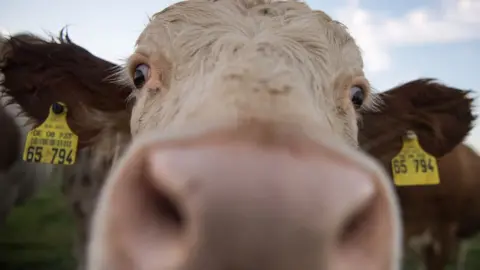 Getty Images
Getty ImagesAnd what about the bodies of killed animals?
Of those not scavenged by other wildlife, some will go to landfill or be cremated, while some will be used for scientific research and monitoring.
Others will be "rendered" - with their remains converted into tallow for cosmetics and protein feed for animals.
In Northern Ireland, responsibility for cleaning up and disposing of roadside animal carcasses lies with local councils.
"Under the Litter (Northern Ireland) Order 1994, Belfast City Council has a statutory duty to keep roads clear and clean of litter and as part this function will remove animal remains from the roads," said a spokeswoman for Northern Ireland's biggest urban council.
She said the process of carcass removal depended on the type of animal.
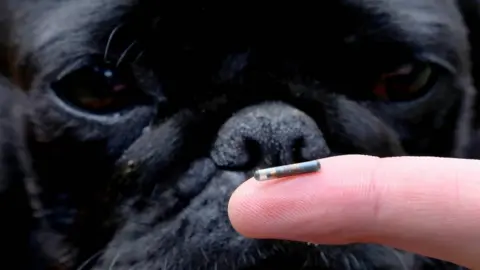 PA
PA"When the council receives a report of a domestic pet or small wild animal on the road or footpath, officers will attend the location and remove the animal for disposal," she said.
"Where possible, the animal is scanned and, if chipped, the owner will be contacted. Otherwise, the remains are disposed of in landfill."
The spokeswoman said the council primarily dealt with domestic pet and small animal remains.
"In the case of large animals, the council may engage a contactor to deal with the removal," she said.
While councils deploy different means of disposing of wild animal carcasses, they all follow a similar protocol by trying to locate the owners of domestic animals,
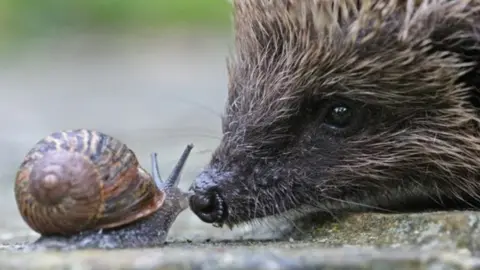 Paul Hobson
Paul HobsonA spokeswoman for Derry City and Strabane District Council said that when the owner can't be tracked down, the carcass is passed on to a third party for rendering.
In Antrim and Newtownabbey Council area, domestic animals do not go to landfill, nor are they rendered: If efforts to locate domestic pets' owners are unsuccessful, the council cremates the remains.

'Almost everything I work with comes to me as road kill'
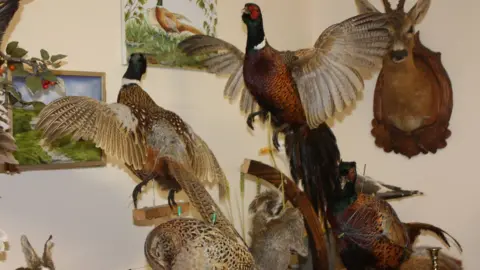 Sherrard Taxidermy
Sherrard TaxidermyChristopher Sherrard from Londonderry is one of a handful of licensed taxidermists operating in Northern Ireland.
"At the moment I have seven chest freezers full of foxes, rabbits, crows, even a pole cat - almost everything I work with comes to me as road kill."
Over his 13-year taxidermy career, he has spent many hours "scanning the roads".
"If you were to ask my daughters what they think of their dad they would probably say 'he is a crazy horse', because when we used to go out in the car I'd have them looking out both sides for animals.
"I always tell people when they go out take a black bag and a pair of surgical gloves in case they come across an animal."

Some animal remains that could potentially pose a threat to public health need to be passed on to government officials before disposal.
In the case of badgers and foxes - two species monitored for disease - councils may notify the Department of Agriculture, Environment and Rural Affairs (DAERA).
The department monitors badgers to assess the spread of bovine tuberculosis, said a DAERA spokesman.
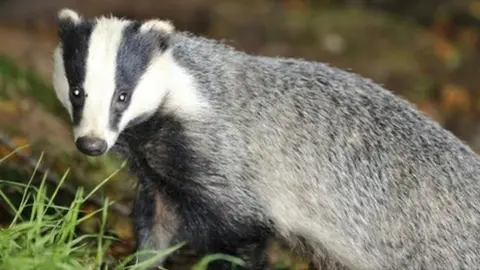 PA
PAHe added: "Foxes are a wildlife sentinel host for the Echinococcus tapeworm, for which we monitor to demonstrate freedom of disease of Echinococcus multilocularis species.
"This species is the cause of a particularly serious infection in humans and animals."
Between 2014 and 2018, DAERA collected 181 foxes and 2,056 badgers killed on roads.
Since 2009, DAERA has also collected eight otters.
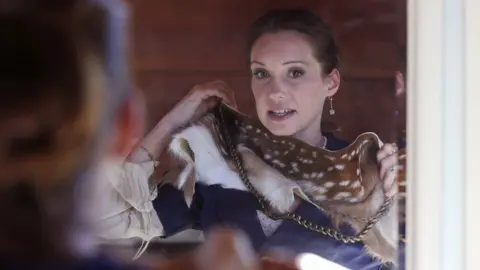
Not all animal remains become scientific test subjects, stuffed or end their days in landfill, rendered or as cremated ashes.
There are those who advocate the eating of roadkill and the law in Northern Ireland does not prohibit its consumption.
"It's not illegal to eat roadkill provided the animal has been run over unintentionally and hasn't been sold for consumption," said Insp Leech.
The world of fashion has also tried to make use of road kill, both in the UK and across the Atlantic in the US.
